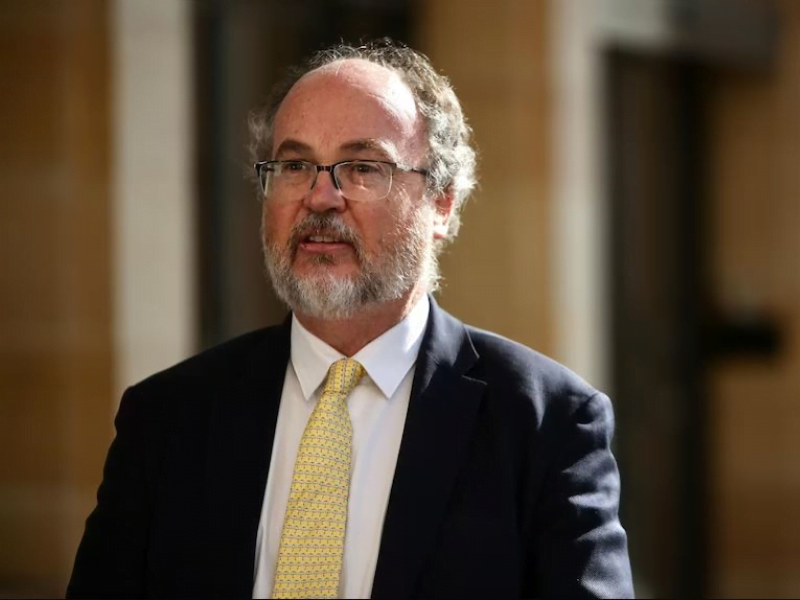The Western Australian government is updating its battery and critical minerals strategy to keep pace with global competition in value-added manufacturing.
Building on its abundant reserves of battery critical minerals and a growing processing sector, the state government is seeking advice on how to attract investment in “a competitive investment environment”, according to a consultation paper released on Tuesday.
The consultation paper notes that Australian demand for “battery and other critical mineral technologies is relatively small compared to other countries and alone is unlikely to support the scale of battery manufacturing seen elsewhere in the world”.
“This is especially true for countries with electric vehicle manufacturing capabilities. Competition from foreign jurisdictions is also the greatest in this segment of the value chain, as many of WA’s trade partners move to bolster or reinvigorate their manufacturing capabilities,” the paper reads.
However, the state’s abundance of battery minerals makes it “well placed to capitalise on the advantages of co-location and niche battery manufacturing opportunities, such as off-grid stationary batteries or bespoke solutions to support the electrification of the mining sector”.
Views on the potential for other downstream industry opportunities, such as maintenance and recycling of batteries and battery components, semiconductors, and permanent magnets, are also being sought.

The paper highlights that other jurisdictions often support their industry development ambitions with attractive financial incentives and other interventions. It refers to the Inflation Reduction Act (IRA), which is expected to add demand for Australian critical minerals.
“[The IRA] is likely to create opportunities for WA’s critical mineral miners and chemical manufacturers, however impacts Australia’s cost competitiveness in battery manufacturing,” the paper reads.
Last year, Western Australia was the world’s largest producer of Lithium, third largest producer of rare earths, and fourth largest producer of Cobalt. It is also a significant producer of nickel and copper, which feature on the United States’ critical minerals list but not Australia’s.
The consultation paper states that almost $9 billion has been invested in “projects manufacturing battery chemicals and separated rare earth oxides” in Western Australia since 2015.
Although Australia’s first battery-grade lithium hydroxide plant began operations in Western Australia last May, its has yet to meet its annual production target due to “technical challenges”.
The new strategy builds on the state government’s previous 2019 Future Battery Industry Strategy, which “set out to establish a downstream processing industry in the State”, according to a foreword by Minister for Energy and for Mines and Petroleum Bill Johnston.
“Enhancing our capacity to extract maximum value from our future facing raw materials through downstream processing in Western Australia will continue to be a pillar of the state’s strategy, given the success to date in lithium hydroxide and nickel sulphate production and refining of rare earths,” Mr Johnston said.
The strategy refresh will provide a policy framework to guide the battery and critical minerals sectors between 2024 and 2030. Public submissions can be made online until December 5.
The Future Battery Industries Cooperative Research Centre estimates that a diversified battery value chain to be worth $16.9 billion to the Australian economy by 2030.
But the Productivity Commission has questioned the economic case for government funding support of an export scale battery cell manufacturing industry in Australia, invoking condemnation from industry stakeholders.
The federal government released its refreshed national critical minerals strategy in June and is expected to release a battery industry strategy before the end of the year.
Canberra is also updating Australia’s critical minerals list. Rhe South Australian government continues to “advocating strongly for the inclusion of copper” on the list.
Do you know more? Contact James Riley via Email.

